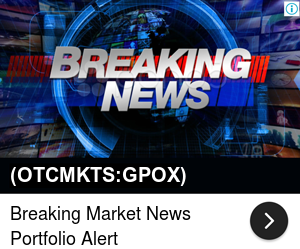KBE - SPDR S P Bank Stock Trading
About | SPDR S&P Bank (NYSE:KBE)
None
Quote | SPDR S&P Bank (NYSE:KBE)
| Last: | $45.96 |
|---|---|
| Change Percent: | 0.7% |
| Open: | $45.32 |
| Close: | $45.96 |
| High: | $46.03 |
| Low: | $45.15 |
| Volume: | 1,131,380 |
| Last Trade Date Time: | 04/24/2024 03:00:00 am |
News | SPDR S&P Bank (NYSE:KBE)
-
2024-04-19 07:57:00 ET Toronto-Dominion Bank (NYSE: TD) -- or TD Bank, as most people call it -- is a giant Canadian financial institution. It has a historically high 5.3% dividend yield, which happens to be well above the 2.8% average for banks, using SPDR S&P Bank ETF (N...
-
2024-04-16 10:38:01 ET With bank earnings rolling in, many financial institutions have found themselves in focus this week. With investors parsing the latest financial figures from some of the industry's biggest players, here are the top 10 best year-to-date stock performances among U....
Message Board Posts | SPDR S&P Bank (NYSE:KBE)
| Subject | By | Source | When |
|---|---|---|---|
| No posts yet. | |||
News, Short Squeeze, Breakout and More Instantly...
SPDR S&P Bank Company Name:
KBE Stock Symbol:
NYSE Market:
-
2024-04-19 07:57:00 ET Toronto-Dominion Bank (NYSE: TD) -- or TD Bank, as most people call it -- is a giant Canadian financial institution. It has a historically high 5.3% dividend yield, which happens to be well above the 2.8% average for banks, using SPDR S&P Bank ETF (N...
-
2024-03-09 17:44:00 ET Stock Traders Daily has produced this trading report using a proprietary method. This methodology seeks to optimize the entry and exit levels to maximize results and limit risk, and it is also applied to Index options, ETFs, and futures for our subscribers. This...
-
2024-02-06 15:00:00 ET Stock Traders Daily has produced this trading report using a proprietary method. This methodology seeks to optimize the entry and exit levels to maximize results and limit risk, and it is also applied to Index options, ETFs, and futures for our subscribers. This...





